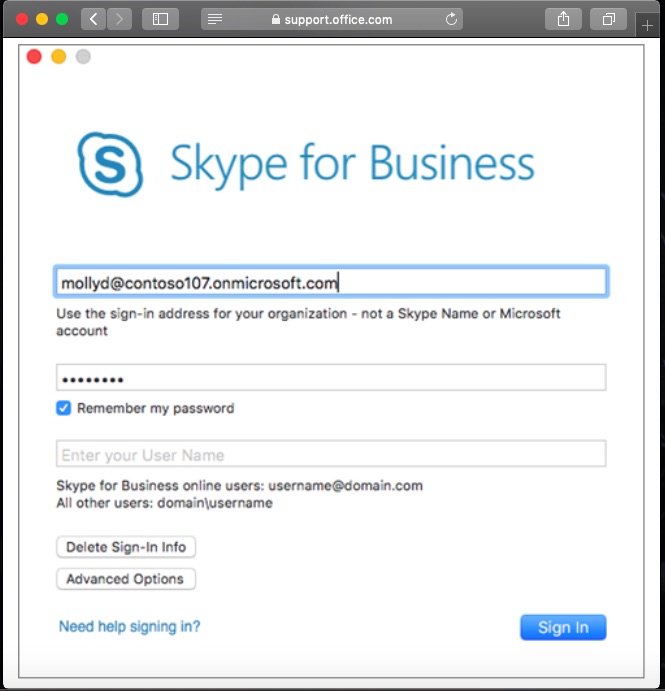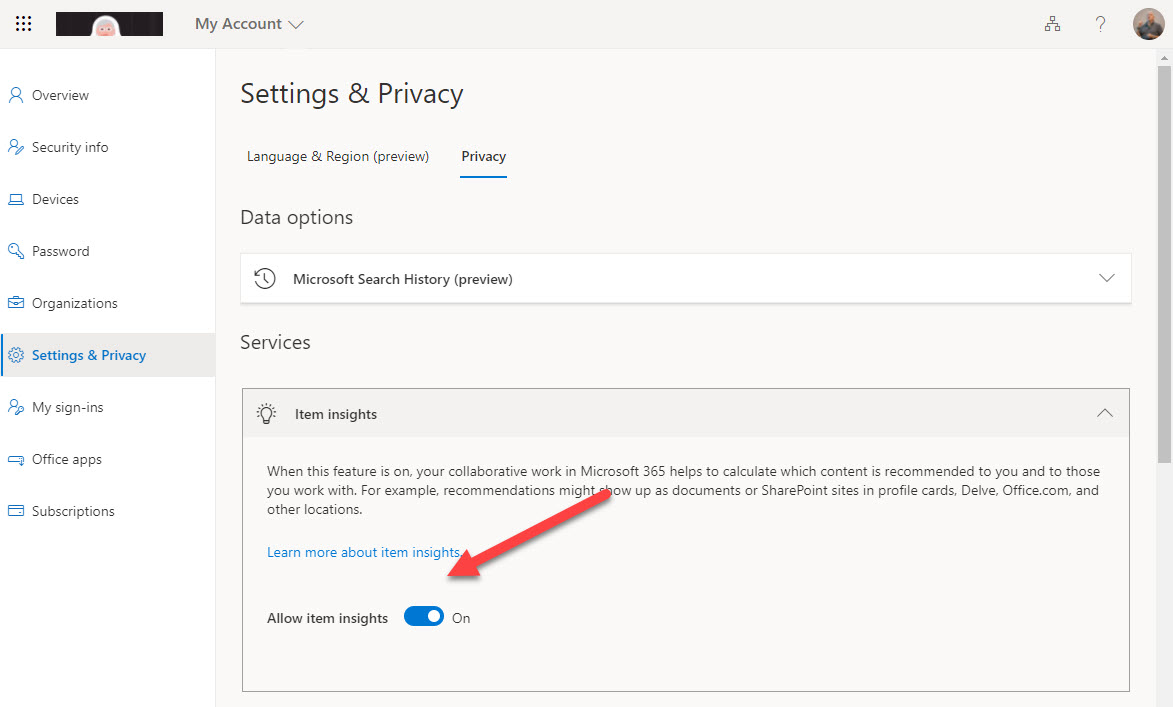
UDP avoids the overhead of such processing in the protocol stack. In essence, there is no guarantee of delivery, ordering, or duplicate protection. It has no handshaking dialogues, and thus exposes the application to any unreliability of the underlying network.

UDP uses a simple connectionless communication model with a minimum of protocol mechanisms. To achieve this low latency, Skype audio/video is most often routed via User Datagram Protocol (UDP) traffic. How popular? Due to its phenomenal success as a consumer platform, Microsoft purchased Skype in 2011 and made it the cornerstone of its Office 365 strategy to enable collaboration and productivity across organizations.īeing a full-featured video conferencing platform, Skype for Business demands real-time interactions without buffering or skipping, which requires the lowest latency possible. Of course, Skype for Business is a popular meeting and collaboration application that specializes in providing video chat, group conversations, and voice calls between computers, tablets, smartphones, and other devices via the Internet.

That’s because real-time voice and audio protocols can wreak havoc on your network, and users will definitely notice. And those concerns are heightened when organizations include Skype or Teams as part of their Office 365 deployment. What are the biggest concerns when considering an Office 365 migration? Generally, they’re centered around network performance and user experience.


 0 kommentar(er)
0 kommentar(er)
